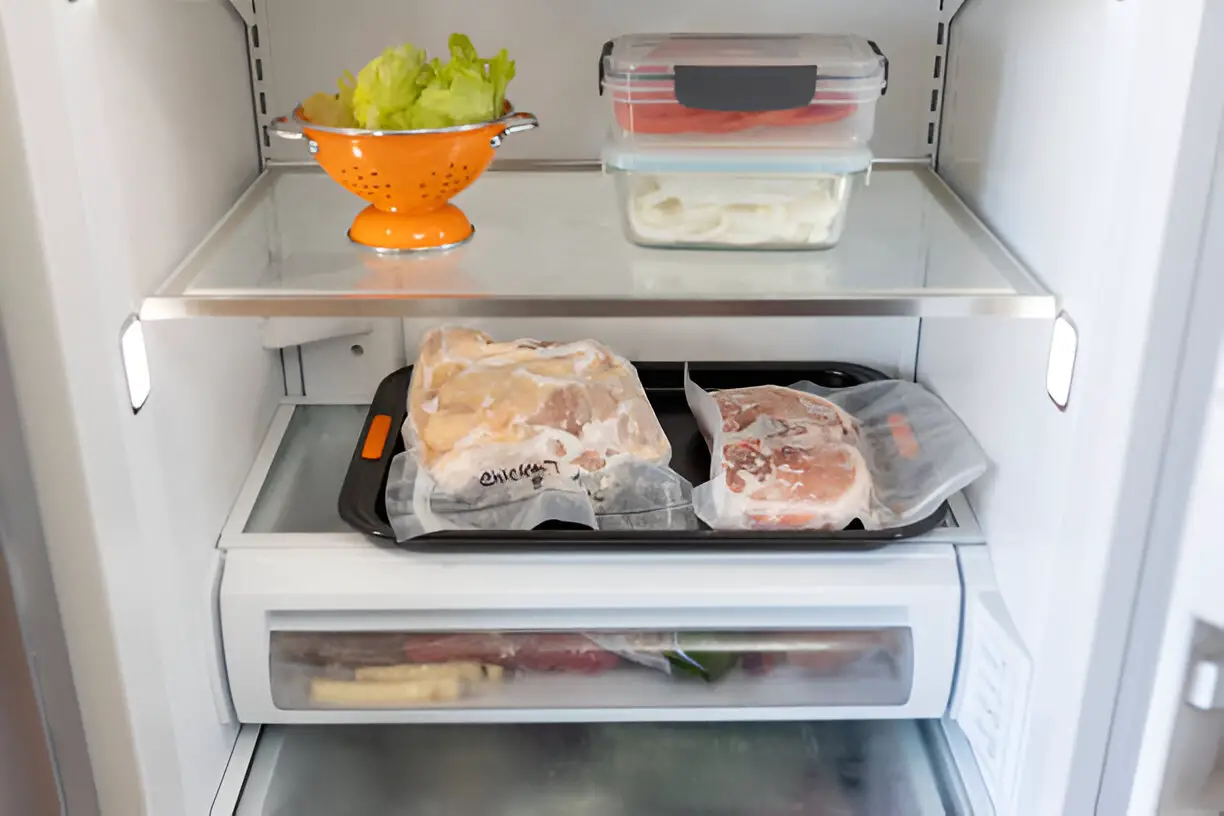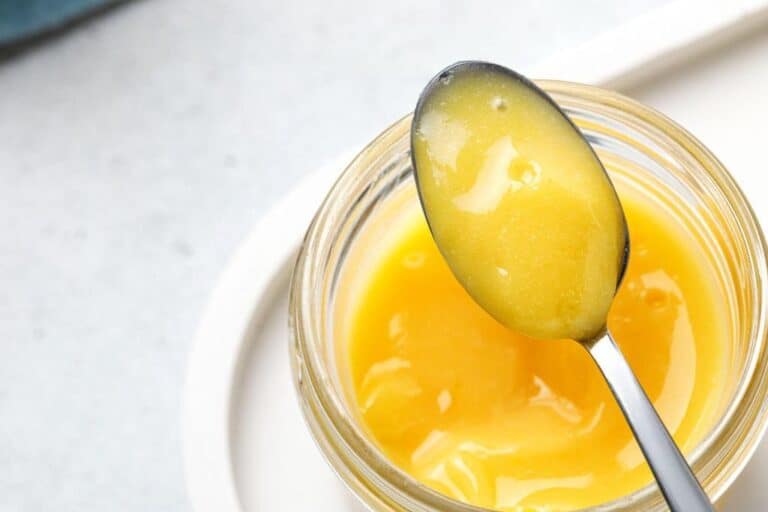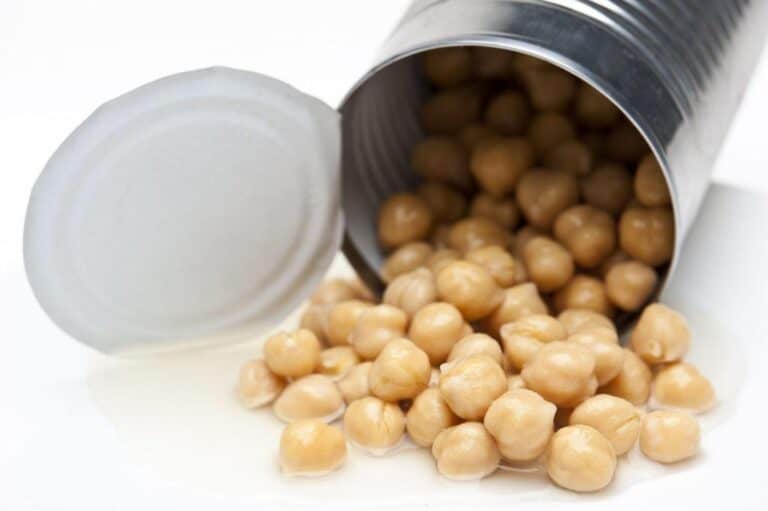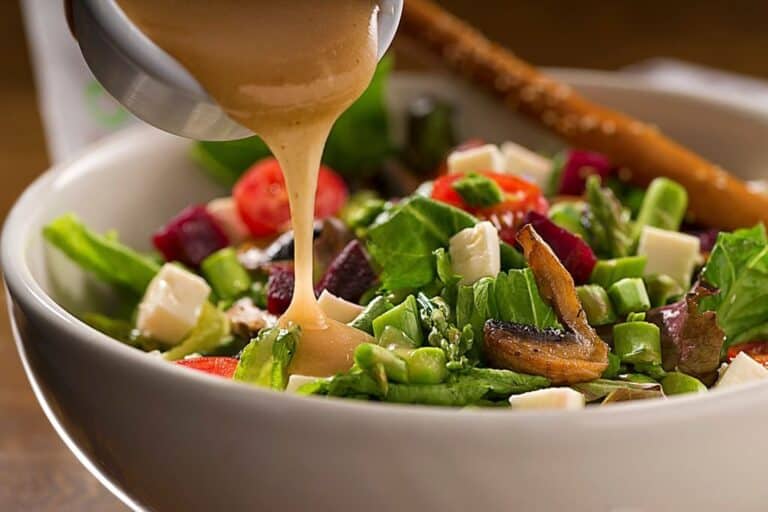The Right Way to Defrost Chicken: What You Need to Know

When it comes to defrosting chicken, we’ve all heard the age-old question: Can you defrost a whole chicken at room temperature? It seems simple enough, right? Just set it on the counter, and voilà! Dinner is on the way. However, if you think that’s the way to go, think again!
In this blog post, I’ll take you through the best ways to defrost chicken safely, and I’ll share why defrosting at room temperature is a recipe for disaster. So grab your apron, and let’s dive in!
Can You Really Defrost a Whole Chicken at Room Temperature?
Short answer: No, you absolutely should not defrost chicken at room temperature. It’s like leaving the door wide open for bacteria to throw a wild party. Room temperature provides the perfect environment for bacteria to thrive, which can lead to food-borne illnesses that nobody wants at their dinner table.
Why is This a Big Deal?
When you leave chicken sitting out, it can reach that danger zone of 40°F to 140°F (4°C to 60°C) faster than you can say “dinner’s ready.” Bacteria such as Salmonella, Staphylococcus aureus, and Escherichia coli can multiply like rabbits. Even cooking the chicken doesn’t guarantee you’ll get rid of the toxins these bacteria produce, which can lead to serious health issues.
A Quick Table on Bacteria Growth
| Temperature Range (°F) | Bacteria Growth Rate |
| 32°F – 40°F | Slow growth |
| 40°F – 140°F | Rapid growth |
| 140°F – 165°F | Cooking kills bacteria |
So, if you want to avoid an unfortunate trip to the emergency room, it’s best to steer clear of defrosting chicken at room temperature. But don’t worry; there are plenty of safe alternatives.
The Best Ways to Defrost Chicken

Let’s explore some foolproof methods to thaw your chicken without compromising safety or quality. I’ve tested them all, and each has its pros and cons.
1. Refrigeration: The Slow but Safe Route
The best way to defrost chicken is by placing it in the refrigerator. This method keeps the chicken at a safe temperature while it thaws. Simply move your chicken from the freezer to the fridge a day before you plan to cook it.
Pros:
- Maintains safety by keeping the chicken at a constant, safe temperature.
- Allows for even thawing, preventing parts from being overcooked.
Cons:
- Takes a long time (24 hours for every 5 pounds).
2. Microwave: The Quick Fix
If you’re in a pinch, the microwave can save the day. Use the defrost setting to thaw your chicken. Just keep an eye on it, as parts of the chicken can start cooking if you’re not careful.
Pros:
- Fastest method available.
- Great for smaller cuts of chicken.
Cons:
- Needs to be cooked immediately after thawing.
- Risk of uneven thawing, leading to dry spots.
3. Cold Water Method: A Happy Medium
For a quicker option that still keeps safety in mind, try defrosting chicken in the cold water method. Place your chicken in a leak-proof bag and submerge it in cold water, changing the water every 30 minutes.
Pros:
- Faster than refrigerator thawing (about 1 hour per pound).
- Maintains chicken quality.
Cons:
- Requires active participation (changing water).
- Still takes some time.
4. Defrosting Tray: A Handy Tool
Have you ever tried a defrosting tray? Made from conductive materials like aluminum, these trays speed up the thawing process by transferring heat from the air to the chicken.
Pros:
- Convenient and efficient.
- Reduces thawing time.
Cons:
- Can dry out the chicken if left too long.
- May require an extra purchase.
5. Hot Water Bath: A Controversial Choice
Some folks swear by the hot water method, where you submerge the chicken (in a bag) in water heated to about 140°F (60°C). However, this method is a bit of a gray area and not officially recommended by food safety organizations.
Pros:
- Quick thawing time (12 minutes per pound).
Cons:
- Risk of bacterial growth due to fluctuating temperatures.
- Not widely accepted as a safe method.
A Quick Comparison Table of Thawing Methods
| Method | Time Required | Safety | Quality |
| Refrigeration | 24 hours | High | Excellent |
| Microwave | 15-30 minutes | Moderate | Variable |
| Cold Water | 1 hour per pound | High | Excellent |
| Defrosting Tray | 1-2 hours | Moderate | Good to Excellent |
| Hot Water Bath | 12 minutes per lb | Low | Variable |
What Happens When You Defrost Chicken at Room Temperature?
You might think, “What’s the harm? I’ll just cook it well!” But that’s where misconceptions come into play. The reality is that certain bacteria, like Staphylococcus aureus, can produce heat-stable toxins that remain even after cooking. So while you might feel safe, you’re actually rolling the dice on your health.
Imagine you’re hosting a dinner party, and the last thing you want is to send your guests home with a side of food poisoning. It’s just not worth the risk!
Cooking from Frozen Chicken
Cooking chicken from frozen can be a time-saver and convenient solution when you’re in a rush. One of the key advantages is that it eliminates the need to plan ahead for defrosting, which can take several hours. This method allows you to get dinner on the table faster, making it perfect for busy weeknights.
However, cooking frozen chicken requires slightly different methods. The general rule is to increase cooking time by about 50% compared to fresh chicken. For example, if a recipe calls for baking fresh chicken for 30 minutes, you’ll need to bake frozen chicken for around 45 minutes.
Safety is a top priority when cooking from frozen. It’s important to ensure the chicken reaches an internal temperature of 165°F (74°C) to kill harmful bacteria. Use a meat thermometer to check the temperature and avoid undercooking.
Cooking Times for Frozen Chicken
| Method | Time Adjustment |
| Roasting/Baking | Add 50% more time |
| Grilling | Add 50% more time |
| Sautéing or Pan-frying | Add 50% more time |
Final Thoughts: Keep It Safe!
Defrosting chicken is a crucial step that can make or break your meal. The last thing you want is to inadvertently serve up a bacterial buffet. Remember to use safe methods like refrigeration, cold water, or the microwave, and always avoid the temptation of the room temperature thaw. Your health and your dinner guests will thank you for it!
By understanding the best ways to defrost chicken, you can ensure that your meals are not only delicious but safe for everyone at your table. So next time you find yourself with frozen chicken, keep these tips in mind and enjoy cooking up a storm without fear. Happy cooking!






